7 Steps to be a More Eco-Conscious Wild Swimmer
Supported by ZONE3.
With wild swimming on the rise, it’s vital to remember that we are not alone out there. These are ‘wild’ spaces. River banks, lakes, and coastal areas - home to an abundance of plant and animal life. It’s a privilege to swim amongst it, so let’s preserve and protect it in any way we can.
Now there is a lot of information out there where it comes to ‘sustainable’ or ‘greener’ options for more conscientious swimmers. It can get quite overwhelming - especially when trying to make a less impactful purchase. To help you out, we’ve partnered with our friends over at ZONE3 who know a thing or two on the subject.
With that, here are our…
7 Steps to becoming a more eco-conscious wild swimmer:
Scout out the spot
Invest in a natural rubber wetsuit
Switch to a silicone swim cap
Watch your step
Leave no trace
Say NO to single use
Protect our (shared) playgrounds
Scout out the spot
As referenced in our 11 Safety Tips for Open Water Swimming, researching a possible new swim spot should be a top priority. It could be a protected area or Site of Special Scientific Interest (SSSIs), with rare species calling it home. We find it’s best to give these a wide berth to allow the wildlife to thrive without us humans interfering.
We find it’s best to ask around, especially if you are new to the area. There might be a certain bend in the river with good access to the water, or a beach that works best at high tide. If you have somewhere in mind, it’s well worth reaching out to the local swim community - usually found on Facebook. They’ll be able to point you in the right direction.
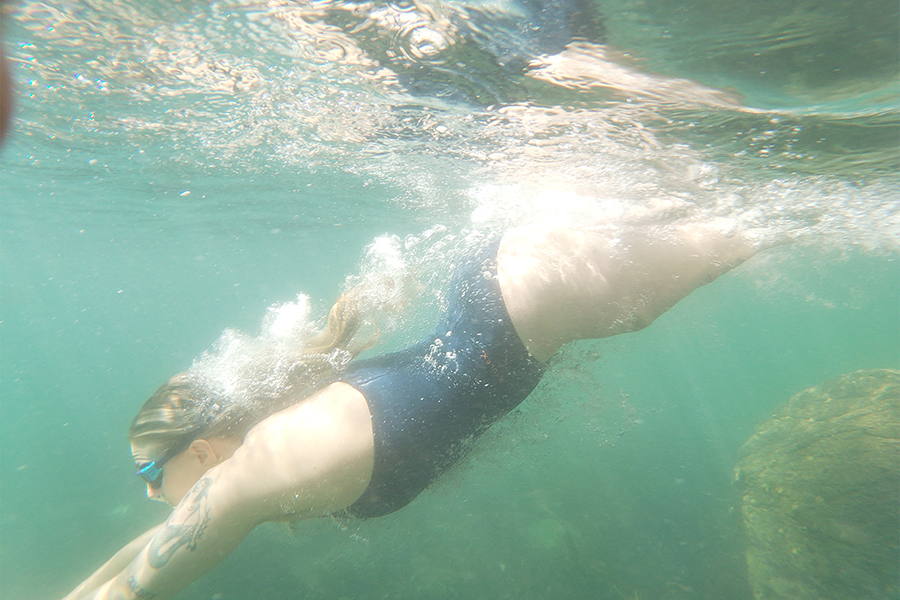
Invest in a natural rubber wetsuit
As a watersports retailer, we are in the unique position between brand and consumer. Where we can support brands (such as ZONE3) that are investing in natural rubber, whilst also providing our community with the tools and knowledge to get the most out of their wetsuits. At Wetsuit Outlet, we want to be a part of this positive change.
For the eco-conscious wild swimmer, ZONE3 have stepped up to provide high-quality gear with a lesser impact on our planet. Their Yulex natural rubber swimwear is a serious game changer, and a flagship range within our Greener Choice offering. To find out more about natural rubber alternatives, check out our article on Is Natural Rubber as good as Neoprene?.
Switch to a silicone swim cap
Another way to decrease your carbon footprint as a wild swimmer is to invest in a silicone swim cap. Latex and lycra are not widely recycled materials, so silicone is your best bet here. The ZONE3 Silicone Swim Cap is available in Orange, Pink, Yellow, Silver, Red, and Black. Affordable, less impactful, and easily visibility - All good things in our book.
Watch your step
In the same way that scouting out a spot prior to swimming is important, it’s also good to be a little mindful of your surroundings as you enter (and exit) the water. This is especially important when swimming in rivers and lakes, where you’re faced with steep banks, murky waters, and deep mud. As an added safety tip, be sure to have an exit plan in place when swimming in colder waters.
.jpg)
Leave no trace
This should be a hard and fast rule for all watersports enthusiasts. Even better is that you leave a swim spot in a better state than you found it. Getting into the habit of a quick litter pick when out and about is a great way to do this.
We’ve found that the ZONE3 On The Go Swim Safety Buoy & Dry Bag Donut can double as a floating rubbish caddy, where you can collect any wrappers or debris you find in the water. But make sure you give your hands a good wash afterwards!
Say NO to single use
Not directly related to swimming, but a good habit nonetheless. Who doesn’t love a hot beverage after a cold swim? A reusable coffee cup or thermos flask are great additions to your swim bag. Don’t forget a large water bottle as well to keep hydrated.
Protect our (shared) playgrounds
Another way to reduce your impact on our waterways and coastal areas is to support environmental charities such as The Rivers Trust and Surfers Against Sewage. They rely solely on donations, projects, partners and grants to help fund their work.
If money is tight at the moment, you can still get involved by volunteering, fundraising, or educating others on the importance of marine and river conservation. The wild swim community is truly a special group of people, so let’s gather together and put in the work to protect our shared playgrounds!
Need some more info about open water swimming?
Check out our other posts in collaboration with ZONE3…
Wetsuit size guide: How tight should a wetsuit be?
11 Safety Tips for Open Water Swimming
What do you Wear Under a Swim Wetsuit?
ZONE3 wetsuit review
-
Shop the full ZONE3 range - HERE
Shop the full ZONE3 wetsuit range - HERE
Updated on 14th May 2024
Originally published on 28th February 2024 in Sustainability












































.jpg)




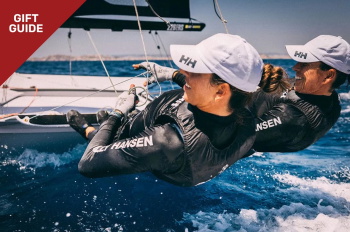
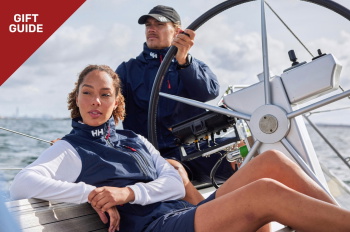
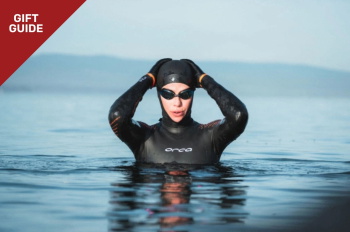
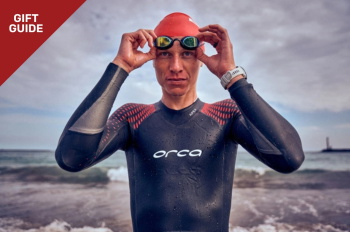
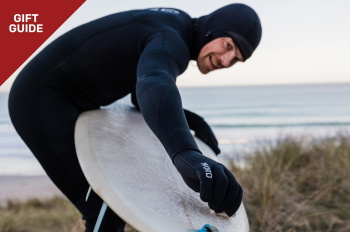
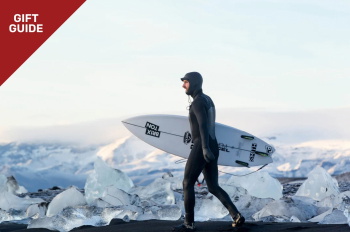

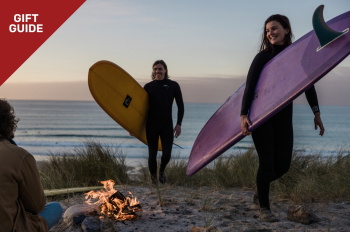
 Visit the US site
Visit the US site  Continue to ES
Continue to ES